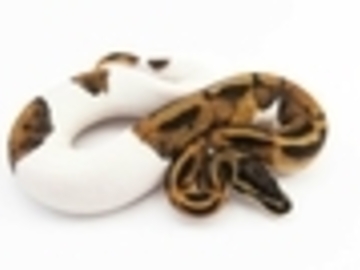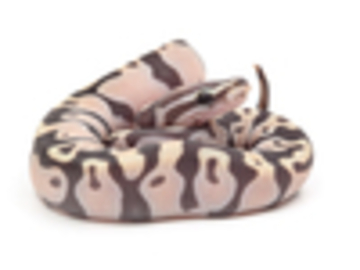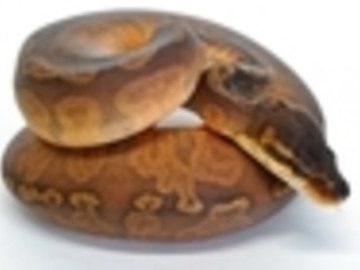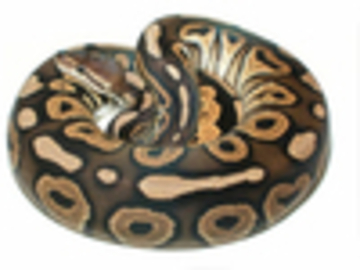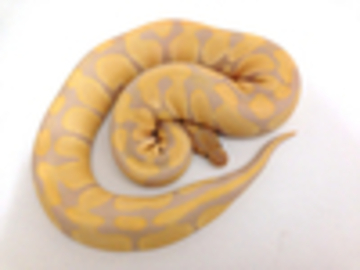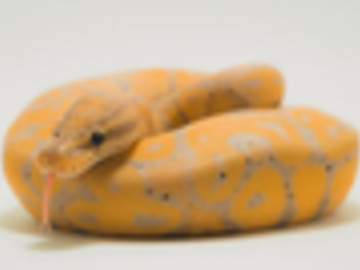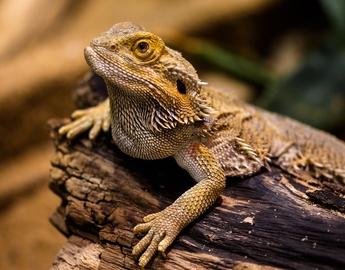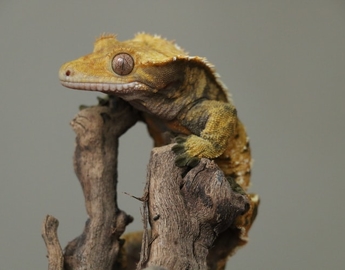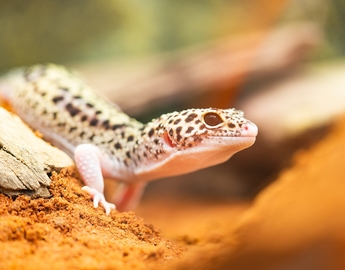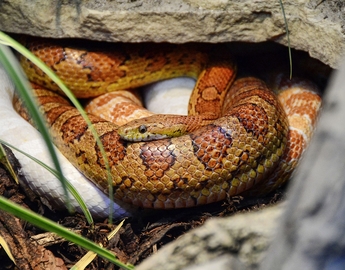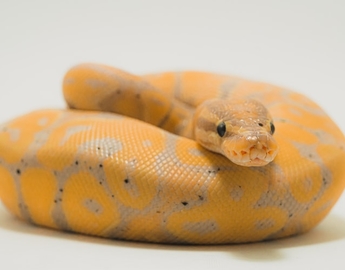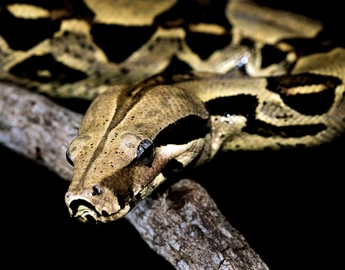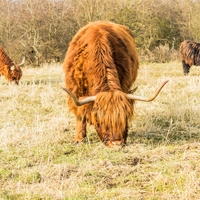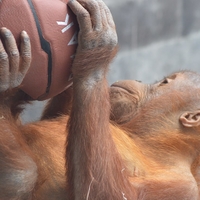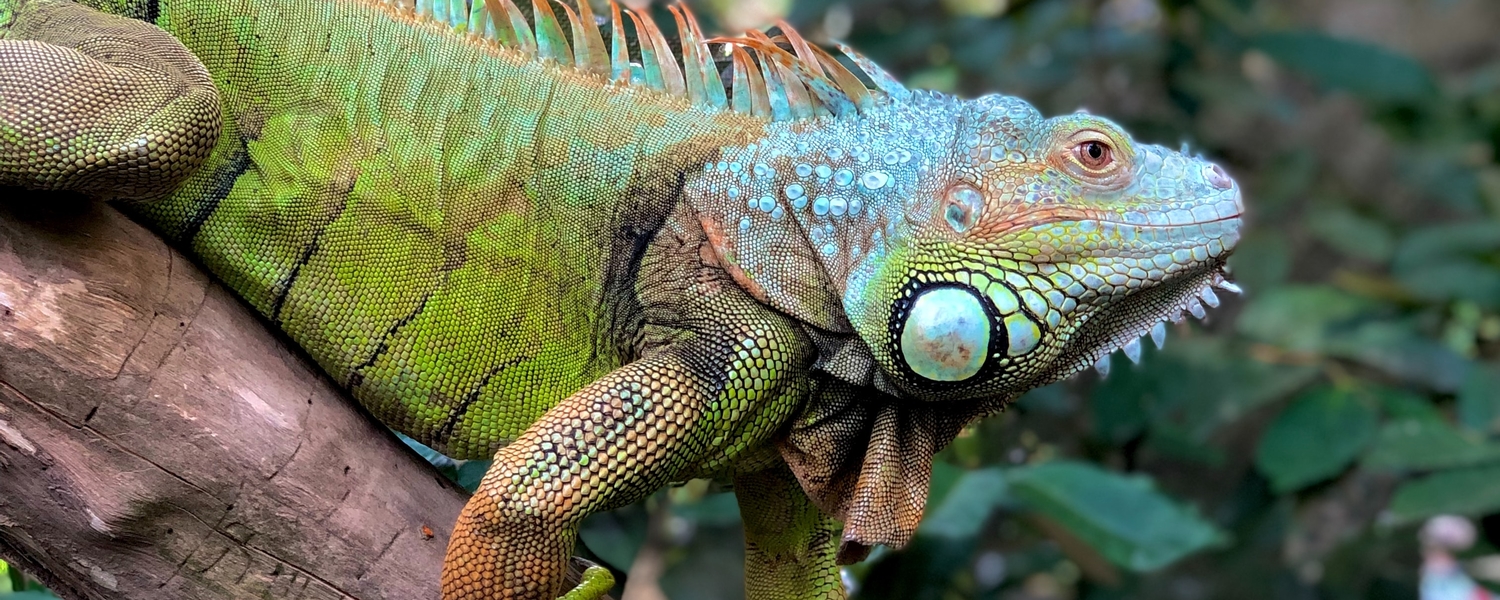
Reptiles and Husbandry
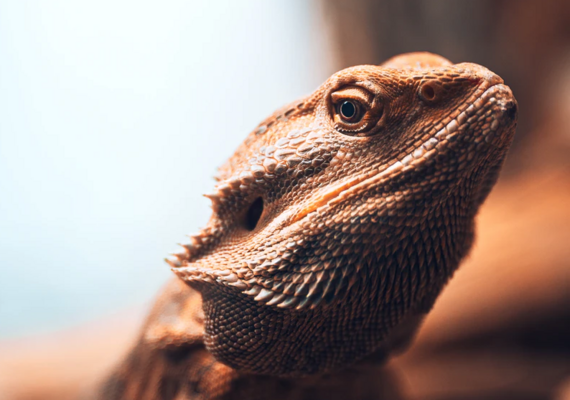
The Importance of Husbandry
Reptiles can be really fun pets. However, proper husbandry and handling are critical to ensure reptile health and wellness! Incorrect husbandry accounts for the majority of disease that we see in our captive reptiles. There is a huge variety of care needed by reptile species, so if you choose to keep one as a pet, its important that you learn as much as you can about your specific species in order to ensure your pet is as happy and as healthy as can be. Read more to learn about the very important husbandry details required when caring for reptiles!

Thermoregulation
Reptiles are ectothermic or “cold-blooded”. This means that, unlike mammals and birds, they can’t create their own body heat, so their body temperature is dependent on their environment. Because of this, their care can be a bit more complicated than “warm-blooded” or endothermic animals. When reptiles get too cold, their whole body slows down. This includes all of their bodily functions - so if they are too cold, they can’t digest their food! As a result, reptiles have to be kept at very specific temperatures (which is usually higher than room temperature). Reptile enclosures usually use a heat gradient, where one side is warm and one side is cooler. This gives the reptile the ability to choose what temperature it wants to be. Reptile enclosures can be heated through a number of ways including an under-tank heat mat or an overhead lamp.
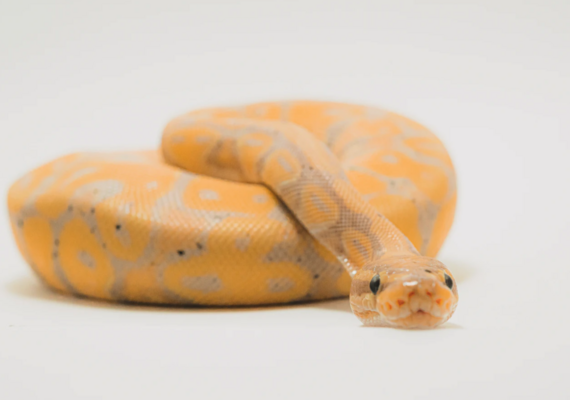
Humidity
Not only is it important to control the temperature of your pet reptile's enclosure, it is also very important to control the humidity of their enclosure. Humidity levels, or the amount of water in the air, is a vital component of reptile husbandry to ensure they are comfortable. For example, if humidity levels are too low, reptiles might not be able to shed their skin!
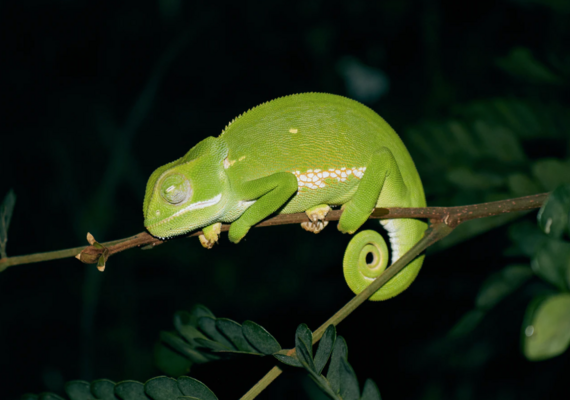
Species-Specific Requirements
Each species has different requirements for the size and different items that are required to ensure the best possible home for each reptile. This includes a large enough tank where your reptile can move around, hide, eat, exercise, and have a proper temperature gradient. For example, an appropriate size of glass tank enclosure for a bearded dragon is 120 x 60 x 60 cm large. The substrate, or material that you use in the bottom of the enclosure, like sand or gravel, also matters. Some substrate types are not appropriate for certain species, so always do your research! Another enclosure requirement is a space to hide. This may include a hollow stick or log, clay pots, rock hollows, and more. Enclosures also need to have appropriate food, water, and a source of light. Items for enrichment, such as balls to play with, sticks or plants to climb on, will be species dependent and an important component to include!

Caring for an Exotic Pet
How we handle reptiles depends on what type of reptile they are. For example, some reptiles are very tolerant to handling, while others would prefer to be left alone. Regardless, we must treat reptiles with respect! Proper, respectful, and confident handling go a long way. If you choose to have a reptile as a pet, it is best to research the best methods to handle these pets.
Reptiles can be a reservoir for a type of bacteria called Salmonella, which can make humans very sick. It’s generally best to assume that all reptiles are carrying Salmonella. Sadly, this means that we should not kiss or snuggle reptiles. Additionally, after handling reptiles or touching their environment, we must always wash our hands.

Snake Behaviour
Many snakes will position the front third of their body into the shape of an "S" when they are about to strike! The head is at the end of the "S" and points towards the animal they wish to strike at. The purpose of this position is to make it easier for the snake to lunge their mouth forward in very little time. This position can be seen when feeding a snake as the snake strikes at their meal. This position can also be seen when a snake is defensive or frightened and it may be an indicator that they are planning to bite!
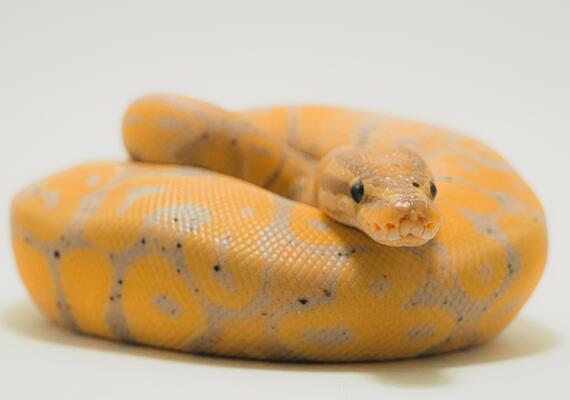
Balling Up
"Balling up" is when a snake curls up into a ball. Many times in this position they will also try to hide their head underneath themselves. This position can indicate that a snake is feeling stressed or is trying to protect themselves in a non-confrontational manner. The Ball Python is named after this position, since they are frequently seen curled up into a ball!

Tongue Flick
Tongue flicking is a common behavior in snakes. As you may remember from exotic animal anatomy, the snake's tongue brings information from the environment to the vomeronasal organ for assessment. When a snake flicks its tongue out, it is essentially "smelling" the environment. A snake that is showing a few tongue flicks may be curious of its environment. Generally, when animals are calm and curious they are not feeling stressed, rather they are content. When a snake is doing many quick tongue flicks, it may be feeling threatened and is attempting to quickly assess its environment.
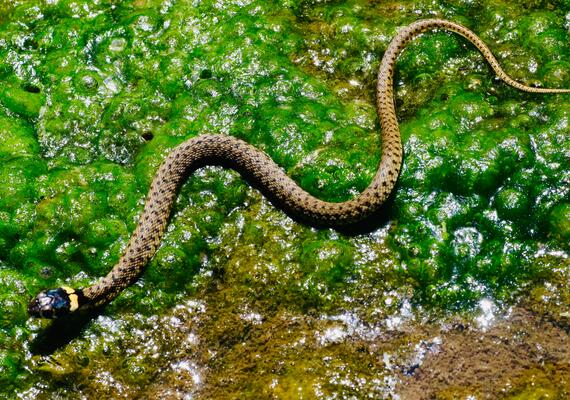
Signs of Stress
When a snake is slithering very fast and can't seem to hold still, they may be feeling stressed and are wanting to remove themselves from the environment. Some species of snake are more prone to flighty behavior. Many snake owners describe their king snakes as being rather flighty when compared to ball pythons.
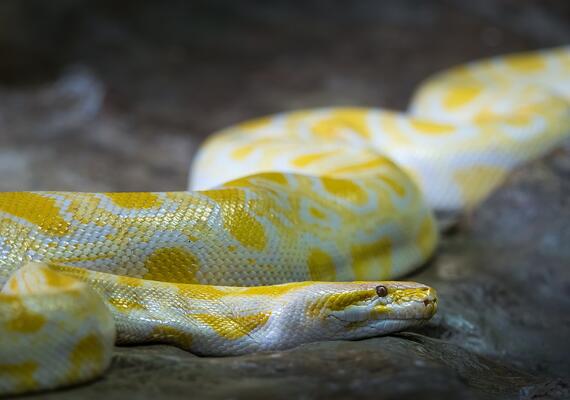
Exploring Behaviour
Snakes generally exhibit a smooth, slithering movement when they are calm and exploring their environment. This movement is slower and less abrupt than the flighty behaviour.
Ball Python
Meet Monty, one of our student’s pet snakes! Learn about ball pythons, handling, husbandry, and ball python ownership!
Ball Python Morphs
For dogs, humans have selected for many different traits over centuries. This practice has resulted in the various dog breeds we know and love. Based on genetics, we can predict what the offspring will look like when we breed two animals together. Snake breeders have done similar genetic selection with ball pythons to create different versions of the same snake. They have selected for many different scale colours and patterns. We call these morphs. Click on the images to explore what each morph looks like. There are many more morphs than what is shown here!
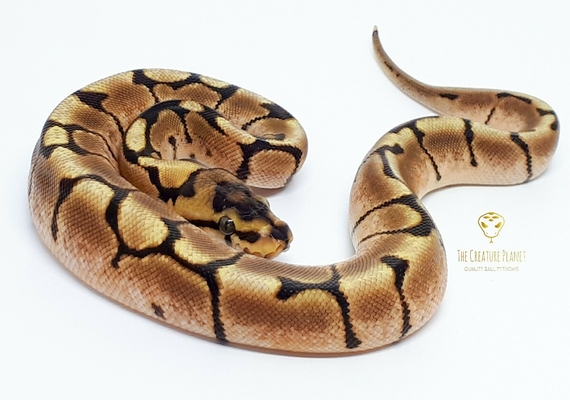
Ball Python
Spider ball pythons are a morph that is characterized by a tan body with dark lines (looking like a spider's legs). The breeders of spider ball pythons were selecting for the scale pattern and colour, but they didn't know that these genes would also be associated with neurological issues. Spider ball pythons are likely to "spiral"; a neurological behavior where they are twirling their head in a circle with no intent. They often hurt themselves while doing this because they can't control what is happening to themselves. Many reptile breeders have stopped breeding spider ball pythons because of this ethical dilemma.
Image Credit to World of Ball Pythons
Different Types of Reptiles
Tortoises & Turtles
Tortoises and turtles both belong to a group of animals known as Chelonians. Chelonians are known for their unique shells! The main difference between tortoises and turtles is that tortoises live on land and turtles live in the water. Hover over the images below to learn more about tortoises and turtles.
ACTIVITY TIME!

You're in Charge!
We have a very important task for you! The lead veterinarian of Canada has found a new bizarre creature with six legs in a pile of rubble that looks like a spaceship. We require someone to figure out how to house and feed it. As the veterinarian of the Alien Zoo, you have been called! Your task is to design an enclosure, including enrichment to meet the needs of this new animal and design a diet for it. Your research team has been hard at work and found out this information for you.
Your research team has found out the following information for you.
Based on this information, design an enclosure that addresses all the needs of this mystery animal.
- Height: 4 inches (10 cm); Length: 8 inches (20 cm)
- Walks on 6 legs- top speed of 20 km/hr
- Presence of toe beans on every foot and enjoys belly rubs
- Ectotherm required temperature gradient (hot area: 36°C, normal average: 26°C )
- Spends most time hiding in holes
- 4 chamber stomach, and continously consuming food and chewing cud
- Crepuscular and prey animal
- Highly intelligent- equivalent to 6th grade child
- Absorbs water through skin and likes to soak
How to design an enclosure?
Work your way through the check list below to help you design the perfect habitat. Draw your habitat out and write down all your ideas so that you don't forget anything.
Food
What would be the best type of food for this new species? Are they a monogastric animal like the dog? A ruminant like the cow? A hindgut fermentor like the horse? Does this new animal need to be eating all the time or just a couple times a day?
Think about what each of these species eat and how often and make a plan for this new alien animal.
Habitat
What would be the best type of habitat or enclosure for this new species? Does it require anything to hide under? Does it need lots of light? Does it need grass to munch on all day? Does it need trees to climb on? Does it need a heat source?
Think about what each of these species needs in its environment make a plan for this new alien animal.
Enrichment
What kind of enrichment do you think this new species needs?
Think about what each of these species needs in its environment so that it is stimulated and make a plan for this new alien animal.






